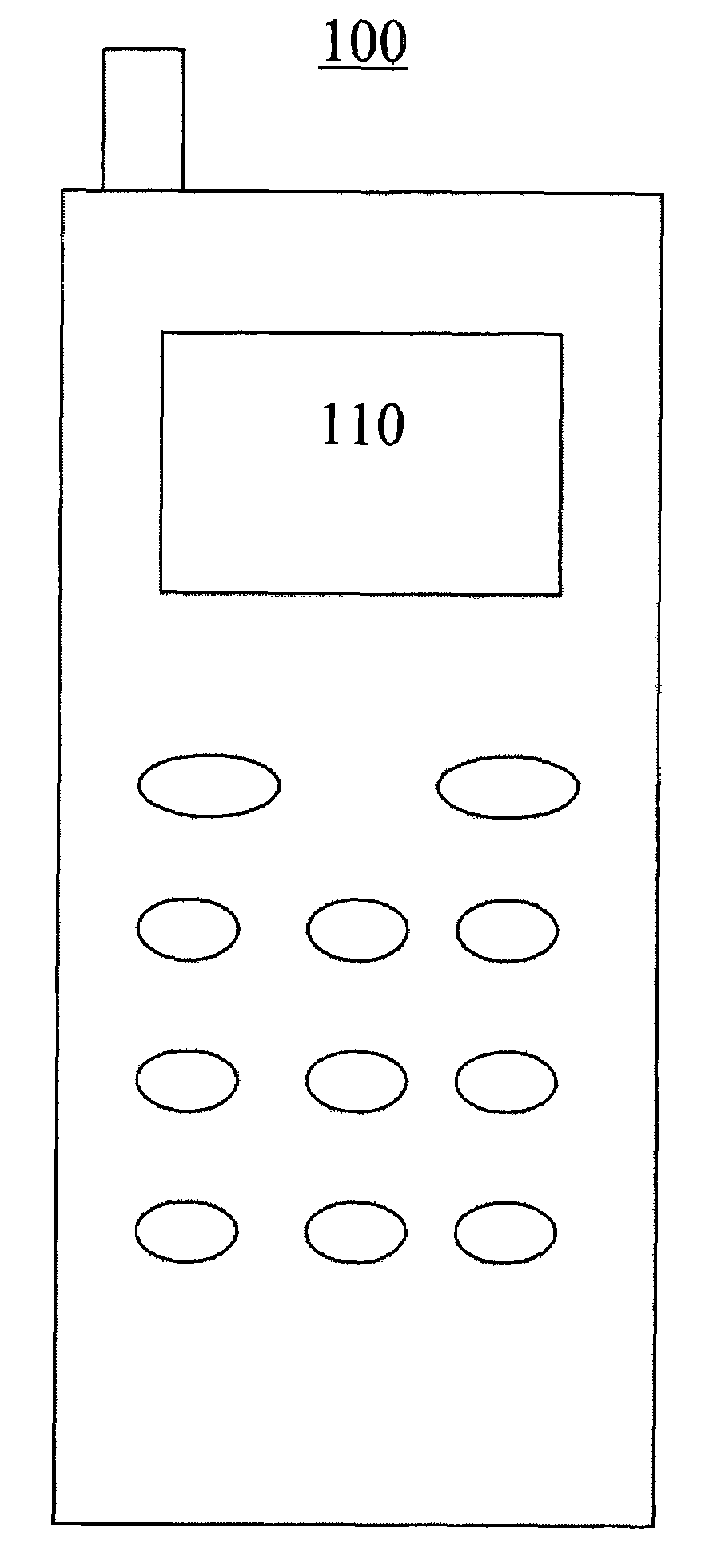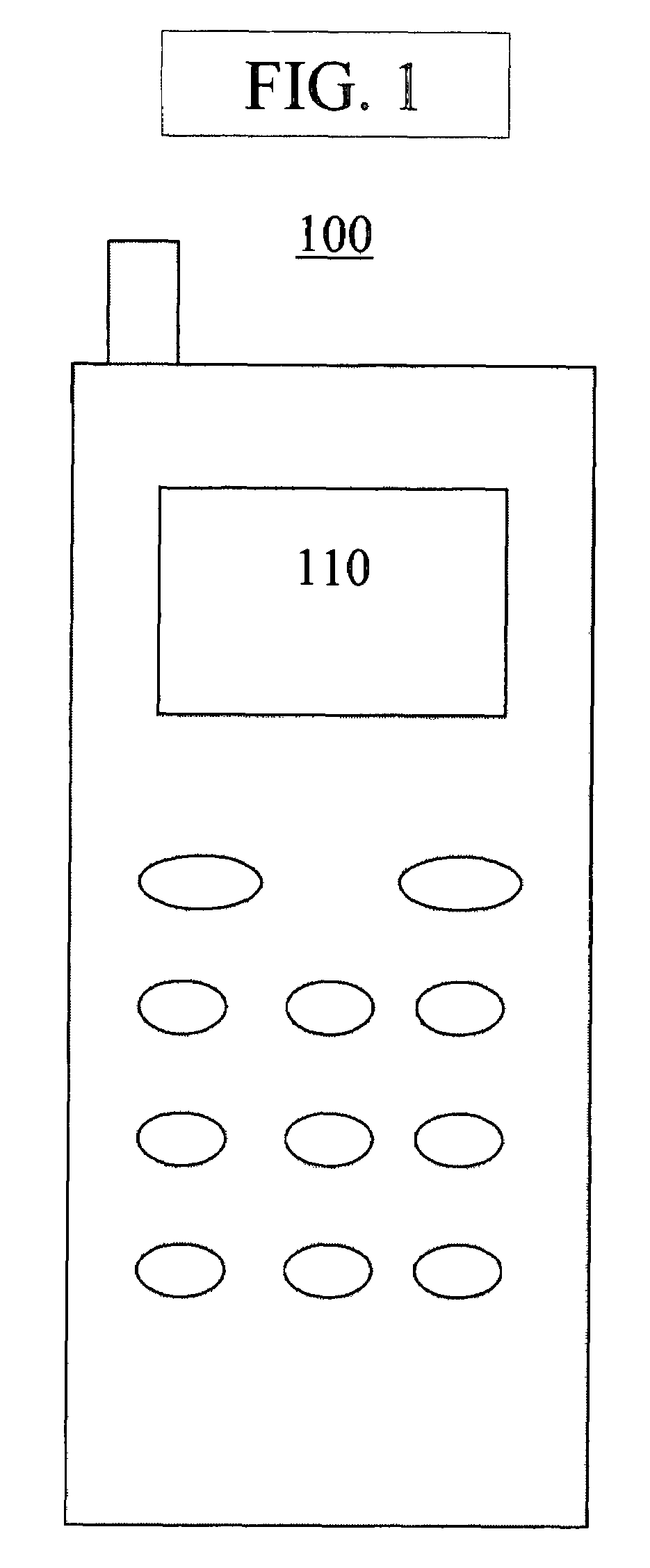Down-drawable, chemically strengthened glass for cover plate
a technology of alkali aluminosilicate glass and cover plate, which is applied in the field of high strength, downdrawn alkali aluminosilicate glass, can solve the problems of inability to form by methods, high liquidus temperature of soda lime glasses, and low viscosity at liquidus temperatur
- Summary
- Abstract
- Description
- Claims
- Application Information
AI Technical Summary
Benefits of technology
Problems solved by technology
Method used
Image
Examples
example 1
Melting of a Glass of from Raw Materials
[0040]The following describes a method for making a glass having a nominal composition equivalent to Example 29 in Table 1. The following materials are mixed together in the masses indicated (quantities in grams):
[0041]
Silica sand, −200 mesh1224.42Alumina, 325 mesh322.21Boric acid24.12Soda ash452.95Potassium carbonate104.78Magnesia74.02Limestone15.78Arsenic pentoxide28.41
[0042]For various melting operations, it may be desirable to use coarser or finer alumina or silica; hydroxides of alumina, alkali metals, or alkaline earth metals; oxides, peroxides or superoxides of the alkali metals; peroxides of the alkaline earth metals; or carboxylates of the alkali or alkaline earth metals. Arsenic is present only as a fining agent, and adds nothing to the physical properties or ion exchange capability of the glass. Arsenic acid can be used instead of arsenic pentoxide. Alternatively, if gaseous inclusions can be avoided by other means such as, for exam...
example 2
Ion Exchange of Glass Plates
[0044]The following example describes sample preparation and ion exchange experiments. A glass patty such as that made in Example 1 is cut into shapes suitable for ion exchange evaluation. For the purposes of this example, the preferred sample geometry for consistent comparison of different glasses is 1 mm thick by 5 mm wide by 40 mm in length, although in other applications, a larger or smaller sample may be desired. The sample is ground to appropriate dimensions and then given an optical polish on all surfaces. The samples are then cleaned in methyl ethyl ketone and dried at about 150° C. for 1 hour to eliminate any residual organic contamination. Each cleaned sample is suspended in a bath of molten KNO3 and held at 430° C. so as to minimize points of contact between the glass and the holder or bath vessel. Other alkali salts, such as nitrates and halides of K, Rb, and Cs, may also be used. After eight hours in the bath, the sample is removed, allowed t...
PUM
| Property | Measurement | Unit |
|---|---|---|
| surface compressive stress | aaaaa | aaaaa |
| depth | aaaaa | aaaaa |
| thickness | aaaaa | aaaaa |
Abstract
Description
Claims
Application Information
 Login to View More
Login to View More - R&D
- Intellectual Property
- Life Sciences
- Materials
- Tech Scout
- Unparalleled Data Quality
- Higher Quality Content
- 60% Fewer Hallucinations
Browse by: Latest US Patents, China's latest patents, Technical Efficacy Thesaurus, Application Domain, Technology Topic, Popular Technical Reports.
© 2025 PatSnap. All rights reserved.Legal|Privacy policy|Modern Slavery Act Transparency Statement|Sitemap|About US| Contact US: help@patsnap.com


